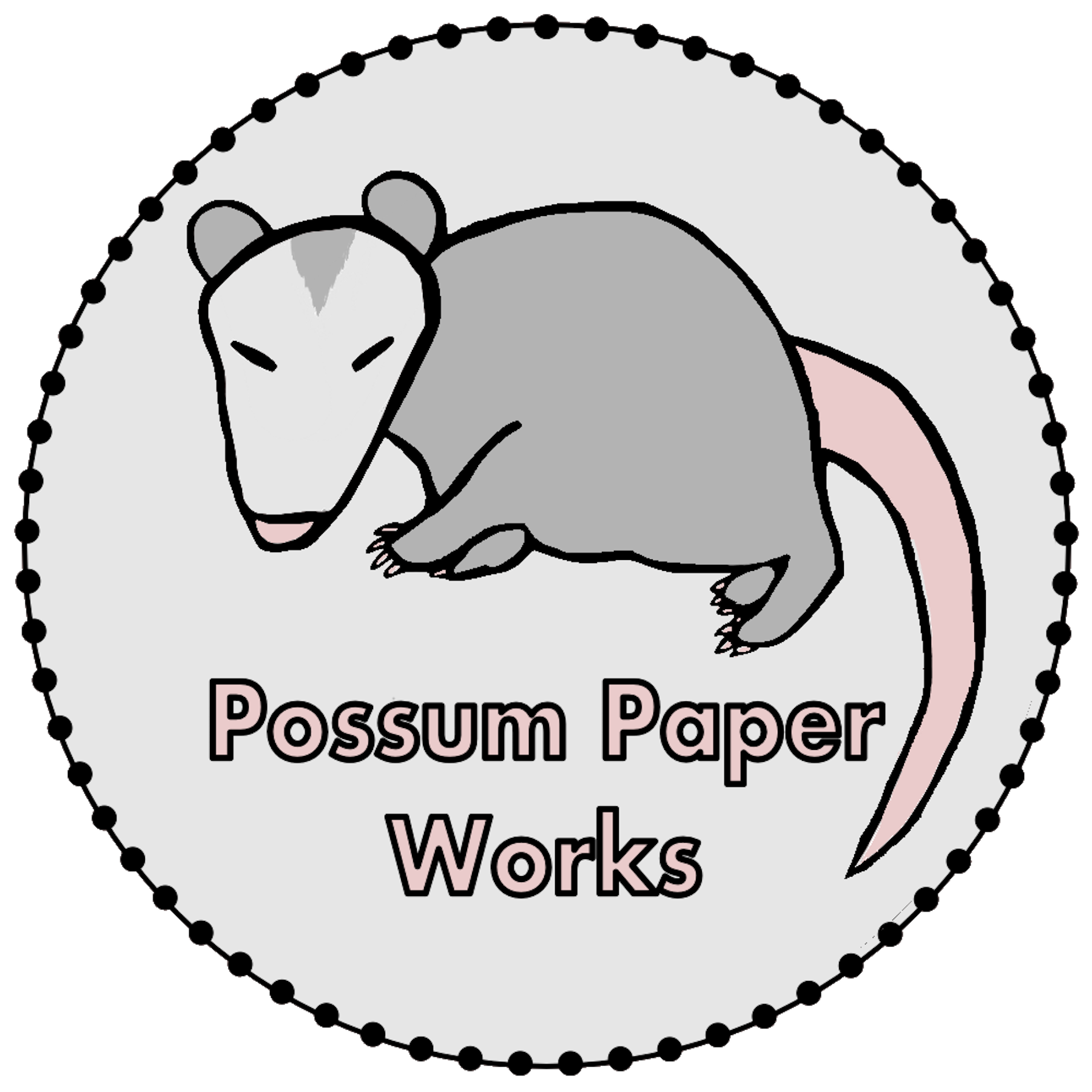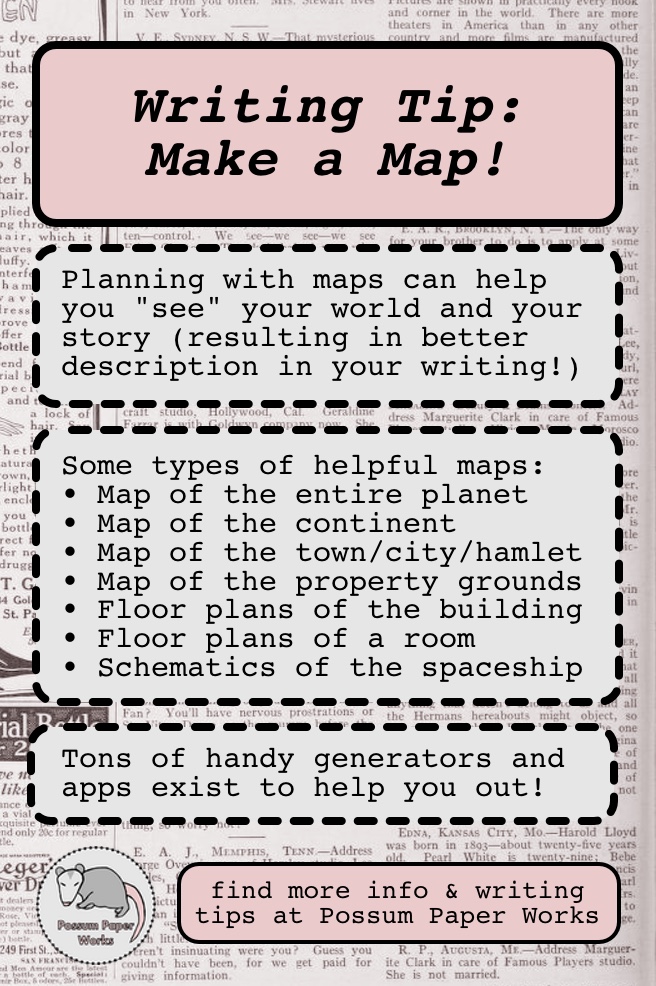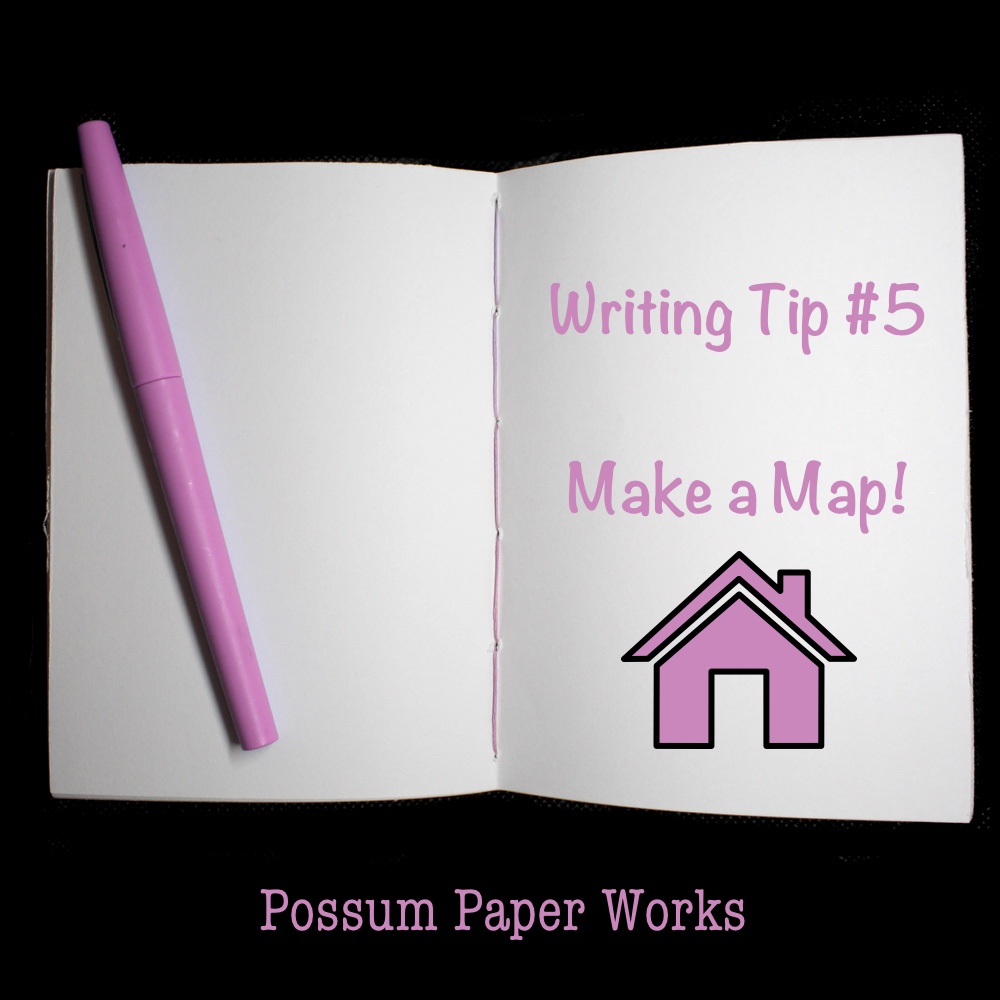
Howdy! In this week’s writing rodeo, we’re looking at how to make a map (or floor plans) of your world’s central location, and how to use that map to inspire you!
Writing Tip #5 – Make a Map!
I love architecture. Seriously. In the past, I’ve spent hours and hours on building floor plans and 3D models of the buildings in my stories. I lose myself in the design of houses faster than in my actual writing. I’ve taken lots of time making accurate renditions of Victorian styles and floor plans, designing windows from scratch, and doing all other sorts of nonsense in the supposed name of writing.
But–making those houses and other places has done wonders for my ability to visualize the settings of my stories. I can vividly imagine the outsides and insides of the buildings my character live, work, and love in. And that makes my writing stronger.
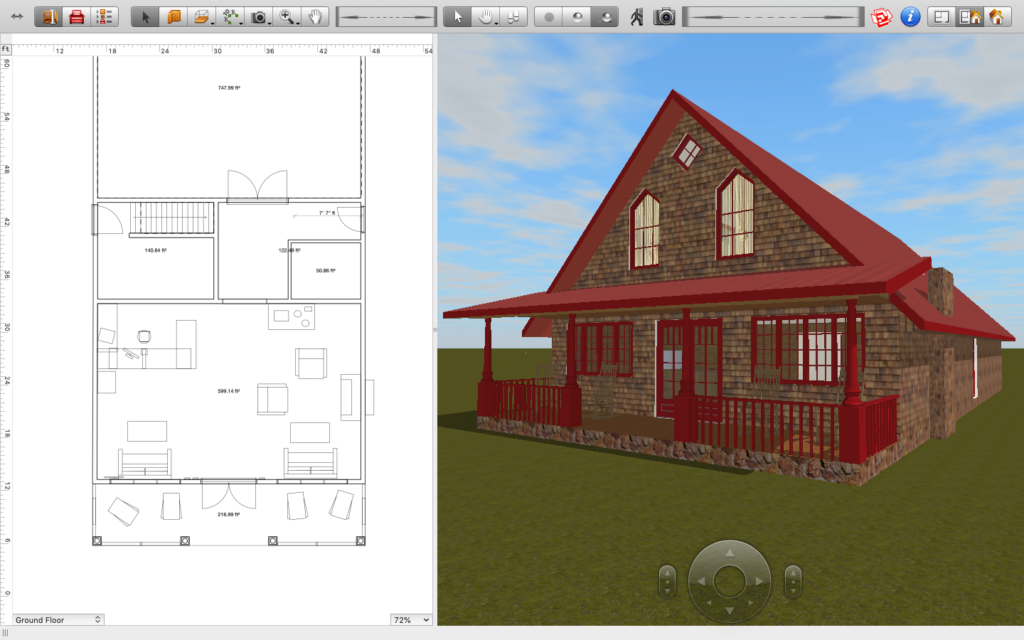
I work almost exclusively with floor plans and models like the ones above because that’s what I love doing. I don’t tend to design full geographical maps unless I feel lost in my own world. Most of my writing is set on modern Earth, though, so I usually don’t have to worry about what other planets look like.
You, on the other hand, might need to know where that old ice floe is on your world, or where to find the forest the elves hide out in as well as how to describe the layout of the mother-in-law’s split-level condo. That’s where maps come in!
Why you should make a map (or two or three)
Maps are fun! Okay, yes, as previously noted I have a bias towards thinking that. I’m a visual person, and I enjoy creating a collection of images for my stories, both in my mind and on my computer.
Maps can help you visualize the actions of your character, because they give you directions and features that you can include in your writing and make your descriptions stronger.
Take a witty monologue delivered in a tavern before a brawl. Where’s your character standing? What can they grab and shake for emphasis? Where’s the bar, with its noisy clanking of glasses? How many people can fit into the room to laugh/fight with them? Where’s the table that they fight the villain on? That’s the sort of thing a nice floor plan or 3D model can show you.
Maps also can give you a solid reference point for locations (as in, do their job). That’s handy if you want to make sure you’re describing directions the same way twice. Don’t want to forget where that one geographical feature was? A map can make sure that mountain doesn’t move!
Helpful types of maps
Depending on the needs of the story you’re writing, a multitude of different kinds of maps could help you figure out your setting.
Some possibilities:
- Map of the solar system
- Map of the entire planet
- Borders/features of the continent/land mass
- Map of the town/city/rural hamlet/cave system
- Plot of the property grounds
- Floor plans of the building
- Floor plans of a single room
- Schematics of the spaceship
Some maps won’t make much sense for certain universes — a handmade map of the planet or continent probably won’t help if you set your story on modern Earth, but they’d help immensely in planning a sci-fi outer rim world or in plotting the contentious borders in a dystopian society.
Of course, you control what maps you make and the detail you put into each one. You can plot every tiny nook and cranny in your mountain, or draw a vague square and call it a house.
It can help to know a little about building design, but an internet search can provide quick basic designs if you don’t look at old floor-plan catalogs for fun. Like me. I do that.
Same goes for planets and such. No need to be a geologist. Just make something up!
There’s no rules here. Remember, it’s your story, your map. See what works for you and roll with it!
Ways to make maps
If you’re handy with pencil and paper, sketch that world out! I think this is pretty self-explanatory, really. Since it’s your map, it doesn’t matter if you “can’t ” draw. Random shapes and labels can provide all the reference material you need for yourself.
If you don’t like drawing, don’t worry. Tons of online generators exist so that you don’t have to rely on artistic skills.
Roll For Fantasy has a Town creator, a Map creator, a Blueprint creator, and dozens of other simple but useful tools. Donjon has similar tools that require little effort and give randomized results, if you need something fast and easy. Tiffany Munro made a huge list of free fantasy-based creators as well.
Interior design software can also help. Some free browser-based options: Planner5d, HomeByMe, SweetHome3D, and Homestyler all have high praise. Design apps abound for your phones and tablets as well. The software I use, LiveInterior3D, I bought, only for the company to come out with a fresh rebranded software right after. Sigh.
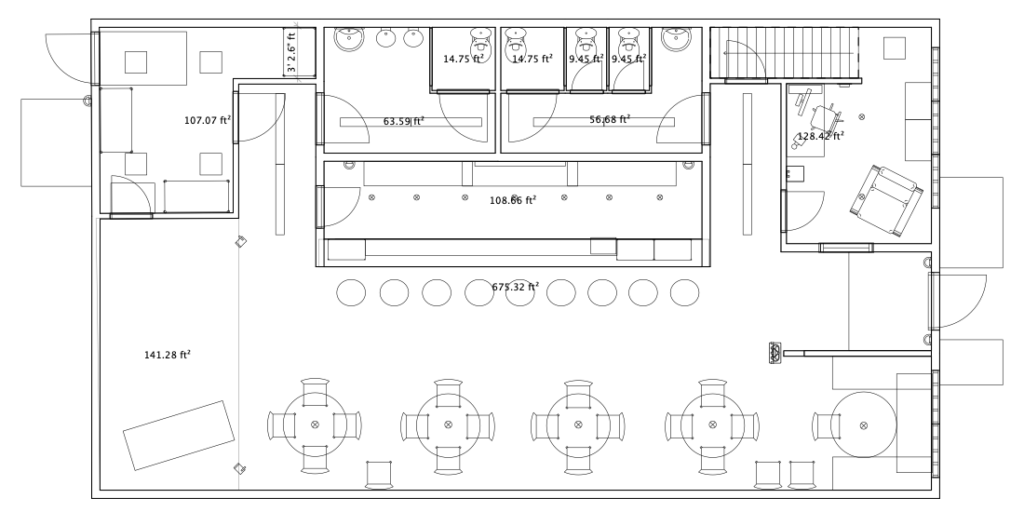
Whatever you use, don’t stress about it. If making the map makes you feel overwhelmed, back off. Many stories will do just fine without you plotting the world graphically. Remember, it’s supposed to help, not hurt!
